For decades, traditional closets with doors have been a staple of bedroom design, offering privacy and organization. However, a growing number of homeowners and designers are embracing open closet concepts, opting for exposed storage over closed-door solutions. This shift is driven by changing aesthetic preferences, the influence of minimalism, and practical considerations that make open closets an attractive alternative. As bedroom design evolves, the disappearance of closet doors signals a larger movement toward functionality and style.
1. The Rise of Minimalist Aesthetics
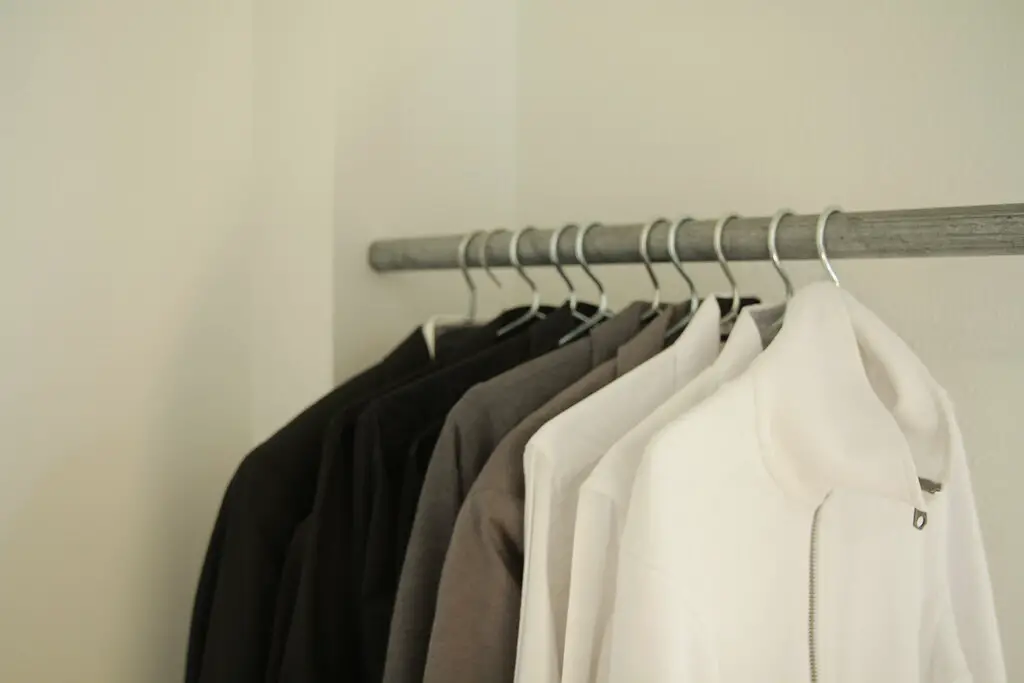
Modern interior design trends favor simplicity, and open closets align perfectly with the minimalist movement. According to Architectural Digest, an increasing number of homeowners are ditching traditional closets in favor of sleek, open storage solutions. Exposed clothing racks and shelving units create a streamlined, uncluttered look that complements contemporary interiors.
Minimalism emphasizes intentionality in design. Open closets encourage homeowners to curate their wardrobes, reducing excess and keeping only essential items. This philosophy aligns with the popular “capsule wardrobe” trend, where individuals focus on a smaller, more versatile clothing collection.
2. Maximizing Space in Small Homes
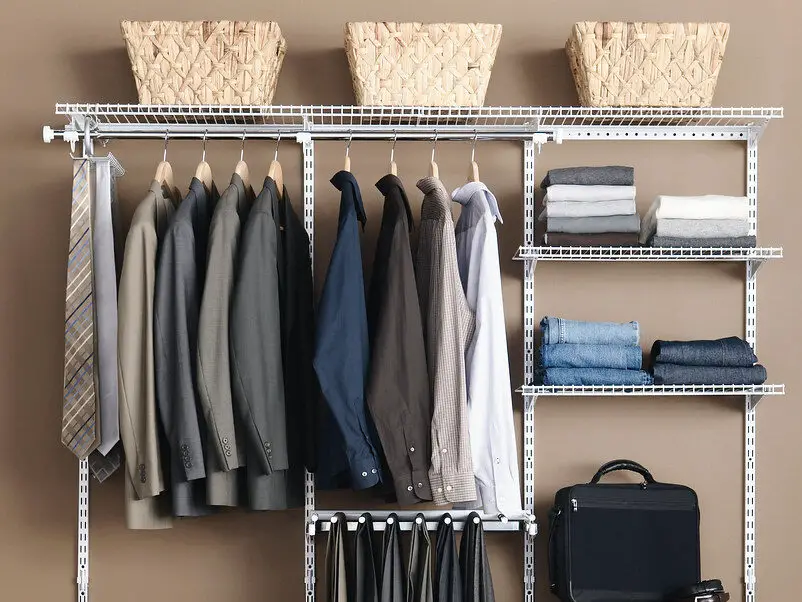
With urban living spaces becoming more compact, maximizing square footage has become a priority. Traditional closet doors take up space, especially in small bedrooms where every inch counts. Open closets eliminate the need for swinging or sliding doors, creating a more spacious feel.
Additionally, Real Simple highlights that open storage solutions provide easy access to clothing and accessories, making morning routines more efficient. Without doors, everything is visible and within reach, reducing the time spent searching for specific items.
3. A Budget-Friendly Storage Solution
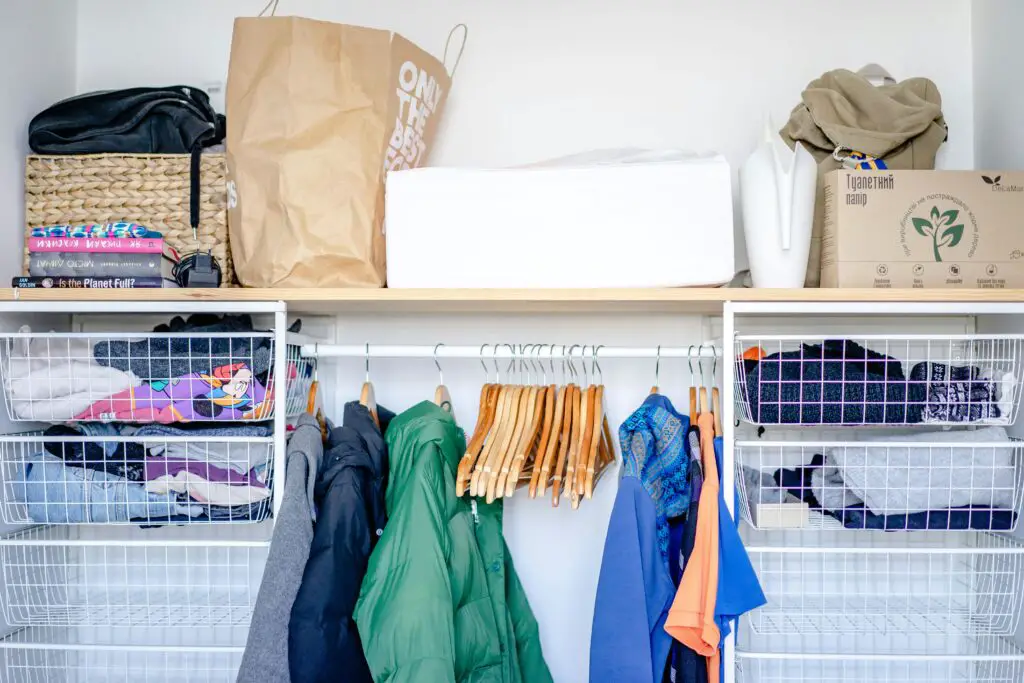
Traditional closets with doors can be costly, especially when factoring in installation, materials, and customizations. Open closet designs offer a more affordable alternative. Home & Garden reports that many homeowners are turning to freestanding racks, floating shelves, and modular systems as cost-effective storage options.
This affordability appeals to renters and budget-conscious homeowners who want a functional yet stylish way to store their belongings. DIY closet systems have also gained popularity, allowing individuals to customize their storage without investing in permanent fixtures.
4. The Influence of Boutique and Retail Design
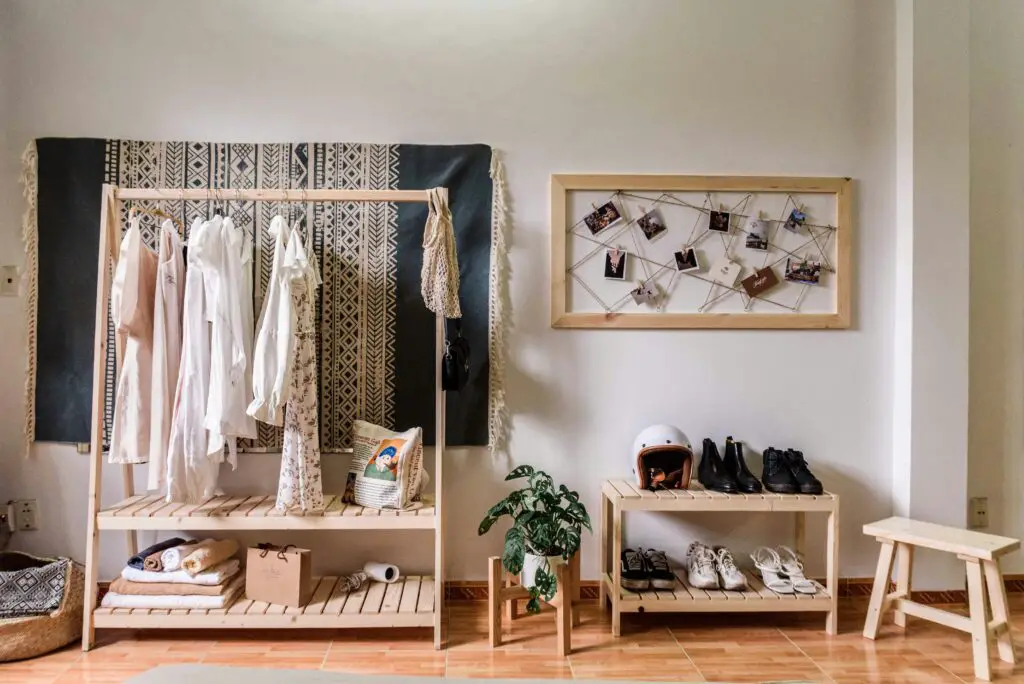
Many modern homes are taking inspiration from high-end retail spaces. Walk-in closets and open shelving mimic the elegant displays found in designer boutiques. Elle Decor notes that this approach transforms clothing storage into a design feature rather than something to be hidden away.
By showcasing curated wardrobes, homeowners can turn their clothing and accessories into an extension of their personal style. Color-coordinated displays, matching hangers, and stylish storage bins contribute to a visually appealing and organized space.
5. Improved Air Circulation and Maintenance
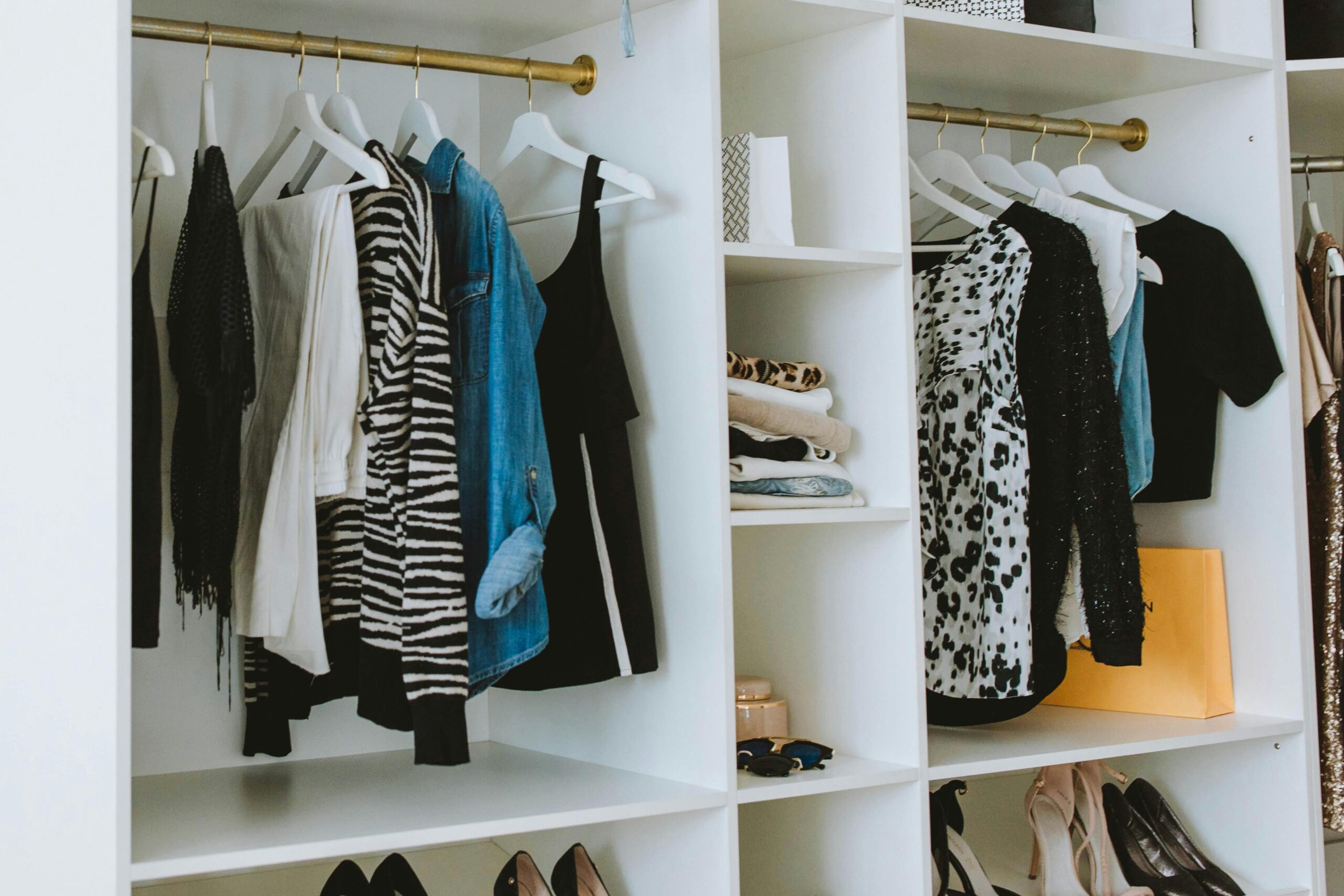
Traditional closets can trap moisture and odors, leading to stale air and potential mildew issues. Open closets allow for better air circulation, keeping clothing fresh and reducing the risk of musty odors. Improved airflow also helps preserve fabrics, particularly delicate or rarely worn items.
Additionally, without doors to hide clutter, homeowners are more likely to maintain organization. The visibility of open storage encourages regular tidying and decluttering, preventing overcrowded and chaotic spaces.
6. The Downsides of Open Closets
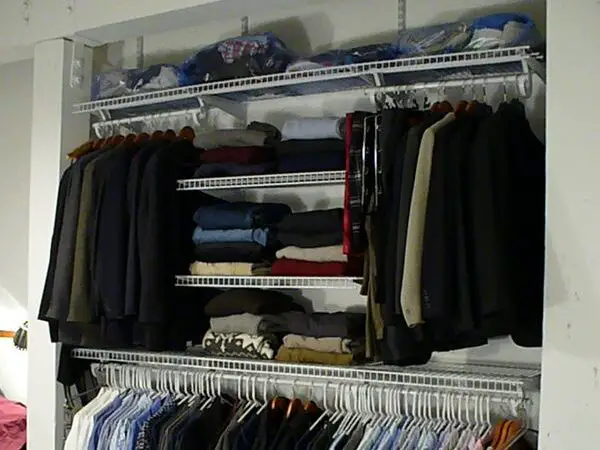
While open closets offer many benefits, they are not without challenges. The lack of doors means that dust accumulation can be a concern, requiring more frequent cleaning. Additionally, maintaining a neat and aesthetically pleasing display takes effort. Those who struggle with organization may find open storage overwhelming rather than convenient.
Another consideration is privacy. Traditional closets allow for a quick and easy way to conceal belongings, while open closets keep everything on display. For those who prefer a tidier look but still want the benefits of open storage, hybrid solutions—such as partial curtains or sliding panels—offer a middle ground.
7. The Future of Closet Design

As interior design continues to evolve, the trend toward open closets is likely to remain strong. The emphasis on multifunctional spaces, sustainability, and affordability aligns well with this approach. Future innovations may include modular storage systems that blend flexibility with aesthetics, catering to the needs of modern homeowners.
While traditional closets will always have a place in home design, the open closet revolution represents a shift toward more dynamic and adaptable living spaces. Whether for aesthetic appeal, space efficiency, or cost savings, the disappearance of closet doors is reshaping the way people think about bedroom storage.
